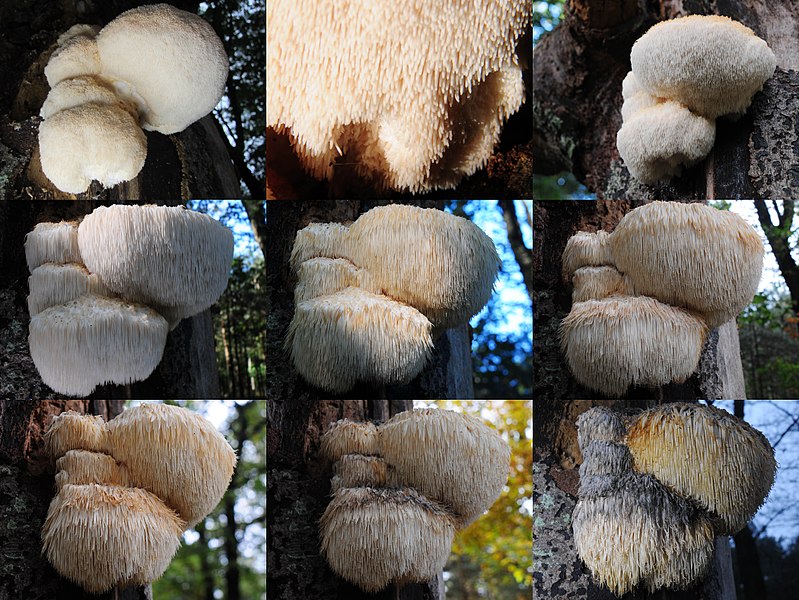More than 50 billion tonnes of rock are crushed worldwide every year, which accounts for 11% of global carbon emissions, but the crushing processes do not capture CO2. The resultant CO2 is released into the atmosphere and contributes to global temperature rise.
A research at the University of Strathclyde in Glasgow shows that around 0.5% of global carbon emissions could be captured during the normal crushing process of rocks, by crushing them in CO2 gas. This could capture 175 million tonnes of carbon dioxide annually and any future research can optimize the process to trap more carbon.
The captured global carbon emissions would be equivalent to planting a forest the size of Germany
Researchers say that this process will allow direct gas capture of CO2 with almost no additional energy. The resulting rock powders can then be stored and used in the environment for construction and other purposes.
Co-investigator Dr. Mark Stillings added, “Now we know that CO2 trapping in most hard rock can be done in a lab, we need to optimize the process and push the limits of how much can be trapped through the crushing technique. We then need to understand how this process can be scaled up from the lab to industry, where it can reduce global CO2 emissions.”
“If this process was applied, the CO2 footprint associated with building houses and public infrastructure could be greatly reduced, helping to meet global objectives to combat climate change,” he continues.
Scientists believe that their research will help hard-to-decarbonize industries where a CO2 capture solution is not going to exist by 2050
“In the future, we hope that the rock used in concrete to construct high-rise buildings and other infrastructure such as roads, bridges, and coastal defenses will have undergone this process and trapped CO2, which would otherwise have been released into the atmosphere and contributed to global temperature rise,” principal investigator Professor Rebecca Lunn added.







